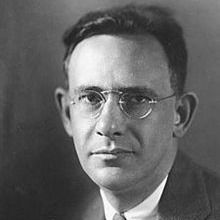1,192 reads
Language: An Introduction to the Study of Speech: Chapter 10 - Language, Race and Culture
by
July 28th, 2022
Audio Presented by

One of the most important figures in the development of the discipline of linguistics in the United States
About Author
One of the most important figures in the development of the discipline of linguistics in the United States